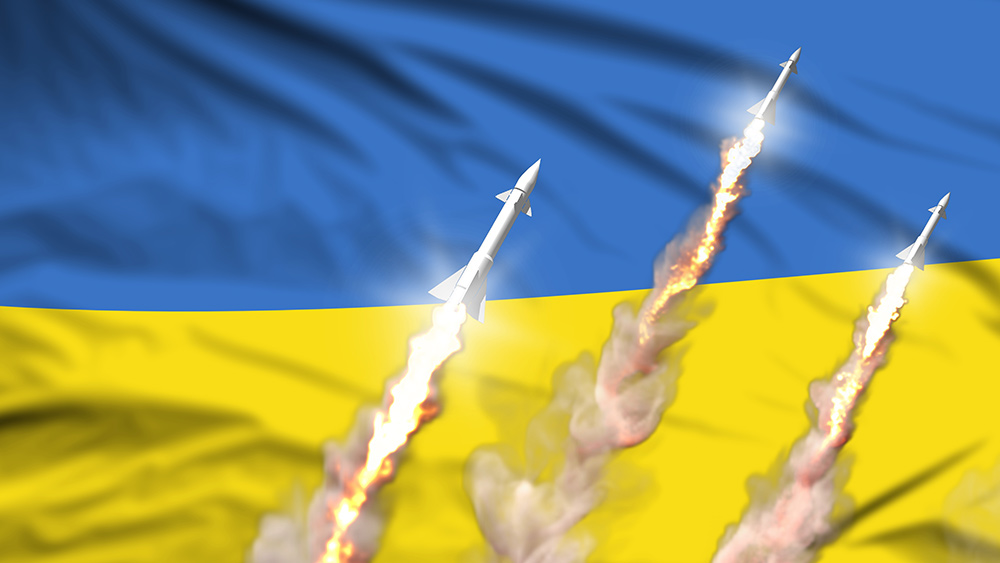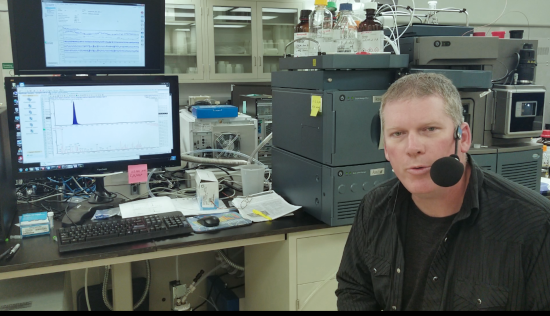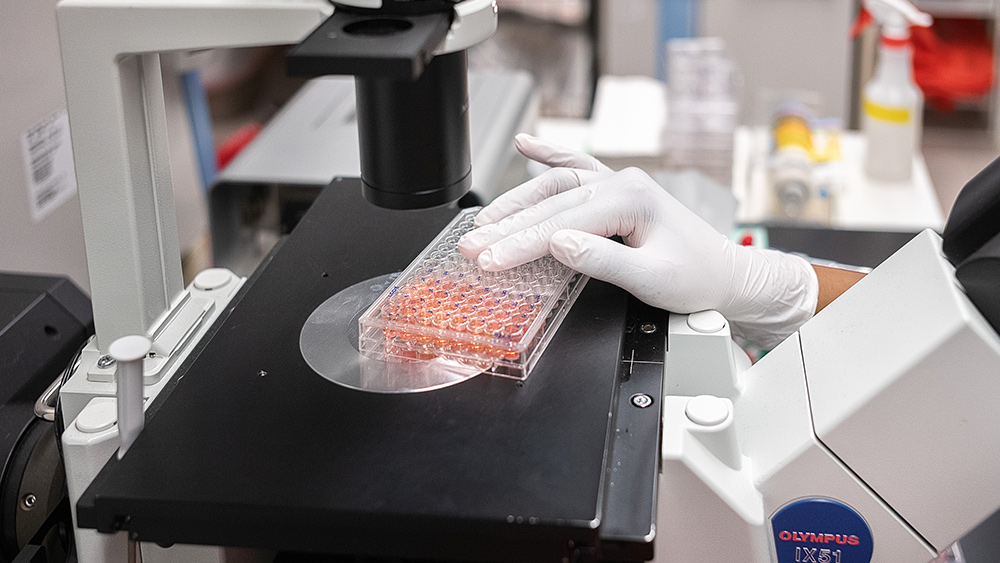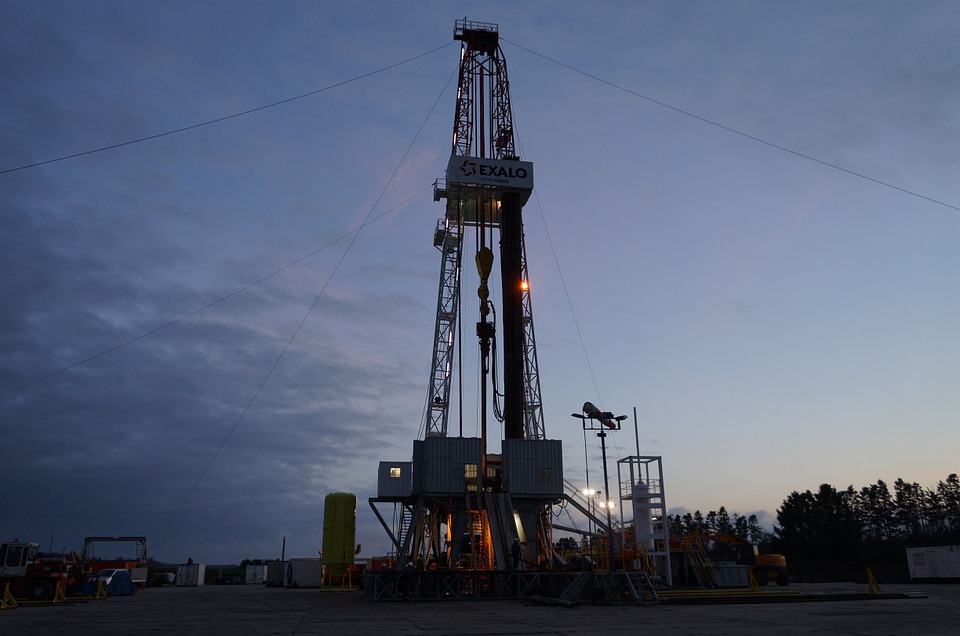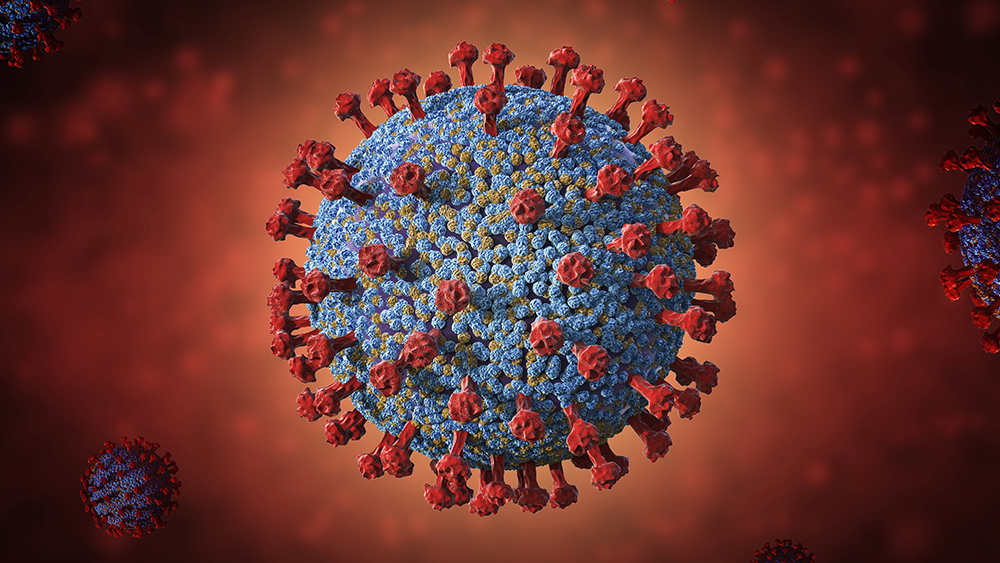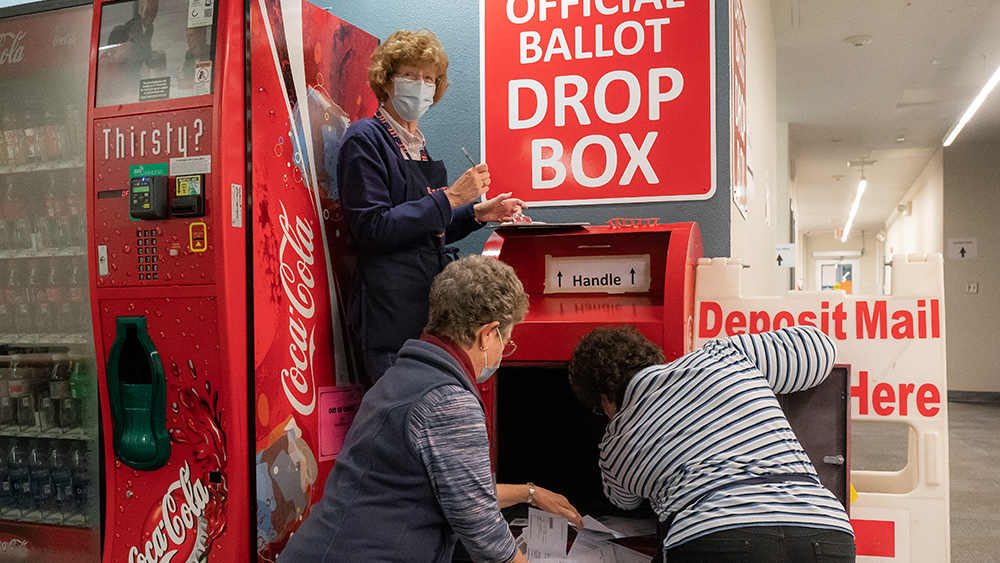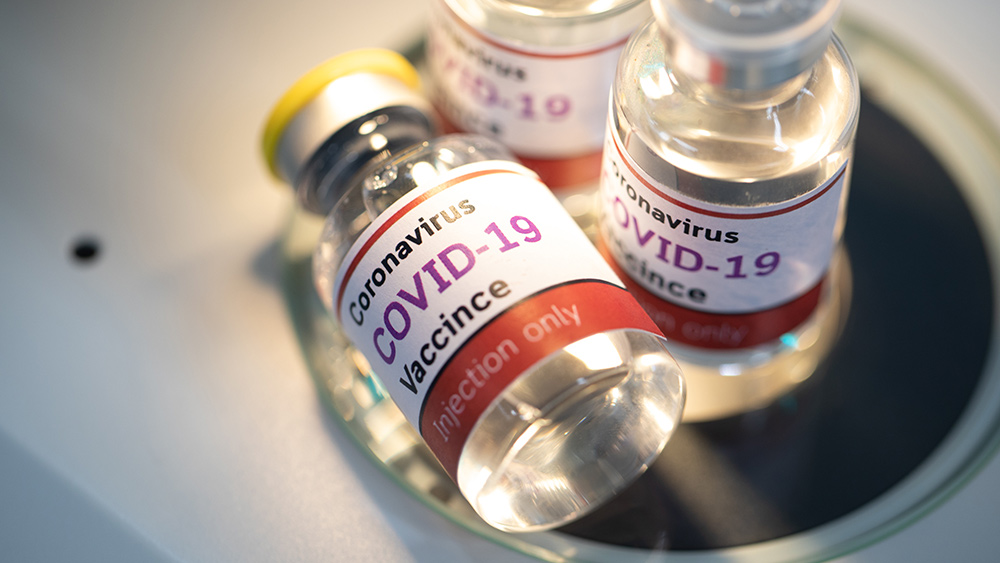Suspicious fertilizer plant fire adds to fears that America’s food supply infrastructure is being targeted
10/26/2022 / By JD Heyes

Another suspicious fire — this one at a fertilizer plant — has raised new suspicions that the country’s food supply system and agriculture industry are purposely being targeted to cause a massive supply issue.
According to authorities with the The Grant County Sheriff’s Office, the Wilbur Ellis fertilizer plant near Moses Lake, Wash., caught fire and mostly burned on Sunday afternoon, Oct. 23, leading officials to issue a shelter-in-place order due to bad air quality, KING5 reported.
“Firefighters spent the night keeping an eye on hot spots still burning at the site of the fire. Firefighters responded to the plant around 4 p.m. on Sunday and found it fully engulfed in flames,” the report noted further.
“Grant County Fire District No. 5 said fighting this fire required extra care. Fire crews limited their use of water, so the fertilizer would not contaminate underground ecosystems,” the report continued. “Crews also were working to make sure flames don’t jump to the standing elevator. If it were to catch fire and fall, it could bring down the nearby powerlines.”
No one was inside the plant at the time of the fire, authorities added.
When firefighters arrived, they witnessed massive plumes of smoke billowing from the building.
If this was the only food processing plant fire to occur this year or last, this would be non-news. But there have been dozens all across the country, as well as a few in other countries recently.
In early September, the QC Poultry saw its Montebello, Calif. processing plant go up in flames as well, adding to a rash of “accidental fires” targeting food facilities in recent months.
All of a sudden within the past year or so, facilities that produce, process or in some way handle the food we all eat have mysteriously caught on fire. Many of them are now a massive pile of rubble as the flames consumed their entire structures.
Here is a partial list of the “food fires” we’ve seen over this past year:
- A meat processing plant in El Paso, Texas
- A butter production plant in Caldwell, Idaho
- A poultry processing plant in Ontario, Canada
- A soybean processing and biodiesel plant in Claypool, Indiana
- Numerous chicken farms in Missouri, Maryland, Delaware and Iowa
- A Walmart distribution center in Indianapolis, Indiana
- A Nestle plant in Jonesboro, Arkansas
- Numerous egg production facilities in Nebraska, Iowa, South Dakota and Minnesota
- A food processing facility in Maricopa County, Arizona
- Numerous turkey farms in Wisconsin, Pennsylvania and Minnesota
“Man, we really are going to eat bugs,” a Twitter user wrote, seeing the writing on the wall with everything that is happening.
“Strangely enough, the insect factories are running smoothly,” added another.
“This is all the fault of climate change,” another user quipped, followed by a response about how all the vaccine factories are likewise doing fine and dandy.
“I predict many more ahead of us,” said another user regarding what the future holds for food production.
And mind you, Sunday’s fertilizer fire comes as the world experiences a global shortage of the commodity, which is threatening food production all over the world.
In fact, the vast majority of ammonia production in Europe, which is a key ingredient in the production of fertilizer, has been taken offline due to the spiraling cost of natural gas.
Most of the continent’s liquified natural gas (LNG) came from Russia. But after the invasion of Ukraine, Western nations began sanctioning Moscow and that included ending purchases of inexpensive energy. As such, LNG prices have skyrocketed on the European continent, making ammonia production too costly.
“Ammonia prices, though volatile, rose 15 percent in 3Q and could climb higher as Europe’s record gas prices curtail output and send ammonia producers to the global market in search of replacement supplies to run upgrade facilities – with winter still around the corner,” Bloomberg Intelligence‘s Alexis Maxwell wrote in a note.
Sources include:
Submit a correction >>
Tagged Under:
agriculture, Collapse, conspiracy, destruction, disaster, famine, Fertilizer plant, fire, food collapse, food production, food shortage, food supply, hunger, rationing, sabotage, scarcity, starvation, supply chain, Washington
This article may contain statements that reflect the opinion of the author
RECENT NEWS & ARTICLES
COPYRIGHT © 2017 CONSPIRACY NEWS


